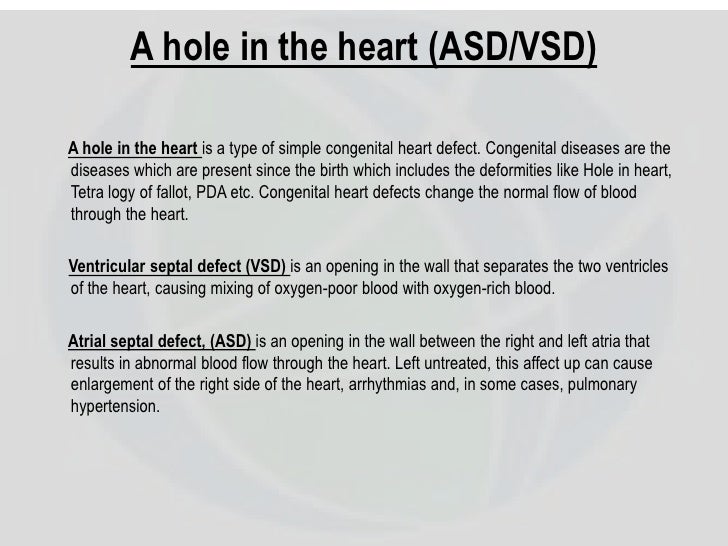

Traditional pacemakers typically have one or two leads. The electrodes, which often rest inside your heart and sense your heartbeat, deliver electrical signals if your heart is beating too quickly or too slowly. The leads contain the pacemaker’s electrodes.
Heart holes treatment passmaker generator#
one or more leads, which are thin wires that deliver electrical signals from the pulse generator to your heart.the pulse generator, which contains the pacemaker’s battery and the electronics that generate electrical signals.A pacemaker generates electrical impulses that help your heart beat at a normal rate, rhythm, or both.īelow, we’ll cover more about pacemakers, including: In some situations, there are problems with this electrical signaling, which can lead to a heartbeat that’s too fast ( tachycardia), too slow ( bradycardia), or otherwise irregular. Electrical signals generated by the SA node travel from the top of the heart to the bottom in a synchronized fashion, leading to a heartbeat. The SA node is your heart’s natural pacemaker. Typically, the electrical signal that causes your heart to beat starts at an area of your heart called the sinoatrial (SA) node. Pacemakers can also be used to treat some types of heart failure.

A surgeon implants it under your skin to help manage irregular heartbeats called arrhythmias. A pacemaker is an electric medical device that’s generally about the size of a matchbox.


 0 kommentar(er)
0 kommentar(er)
